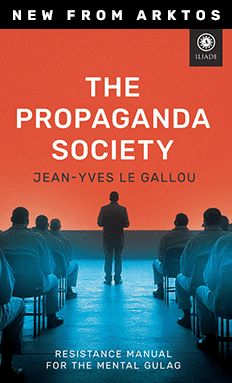Segregation of Prisoners Ends in California
Mary Vallis, National Post (Ontario), July 02, 2008
In what is being described as a major advancement for civil rights, California is ending a long-standing policy of segregation and allowing prisoners of different races to live together.
Despite its liberal reputation, California was among the few states that still used race as the determining factor for some male prisoners’ cell assignments. Prison officials initially defended the measure as necessary to control racial and gang violence, but some inmates and civil rights activists disagreed.
The unwritten policy wound up before the United States’ highest court in 2005. Starting this month, prison officials will begin fully integrating its cells, beginning with low-level offenders at two facilities.
“This reflects community values,” said Terry Thornton, a spokeswoman for the California Department of Corrections and Rehabilitation.
Prison guards and some inmates fear the change will lead to violent upheavals that jeopardize their personal safety. Gangs formed along racial lines have long been a feature of California’s prison culture, and inmates who refuse to join are often threatened and intimidated.
“Nobody in the right mind wants to see racial tensions [stirred up by this] because if you got that, people can get hurt, people can get killed,” one inmate at the Sierra Conservation Center in Jamestown, Calif., recently told the Christian Science Monitor. The centre is one of the two facilities where the integration plan will be introduced first. The inmate predicted the change “will create a problem where there is none.”
The issue landed in the court after Garrison Johnson, a black inmate without gang affiliations, argued it violated his constitutional rights. The U. S. Supreme Court ruled on the matter in 2005. After mediation, the California Department of Corrections and Rehabilitation eventually agreed that it will no longer use race as the sole determining factor for cell assignments.
“By insisting that inmates be housed only with other inmates of the same race,” Justice Sandra Day O’Connor wrote, “it is possible that prison officials will breed further hostility among prisoners and reinforce racial and ethnic divisions.”
The ruling cited a decade-long study titled The Caged Melting Post that examined the situation in Texas, where full integration was introduced in prisons in 1991. The researchers concluded that while desegregation initially caused an uptick in violence, over the long term, the rate of violence between inmates segregated by race in double cells surpassed the rate among prisoners living in racially integrated cells. Integration also increased housing options and reduced racial tension overall.
“It can be done without a lot of wholesale violence,” said James Marquart, one of the study’s authors, who is director of the crime and justice studies program at the University of Texas in Dallas.
“You’re changing the organizational culture, and everybody’s afraid. They have a right to be. It’s the new frontier. But we found in this state that it could be done.”
Integration in California’s prisons is being rolled out slowly; the change will be expanded to prisoners at maximum security facilities next year. Inmates’ individual circumstances are now reviewed and they are assigned one of five codes defining whether they are “racially eligible” for integrated housing assignments; the system ensures black inmates and members of the Aryan Brotherhood for example, will not wind up bunkmates. Inmates who refuse to integrate will be punished by losing certain privileges.















